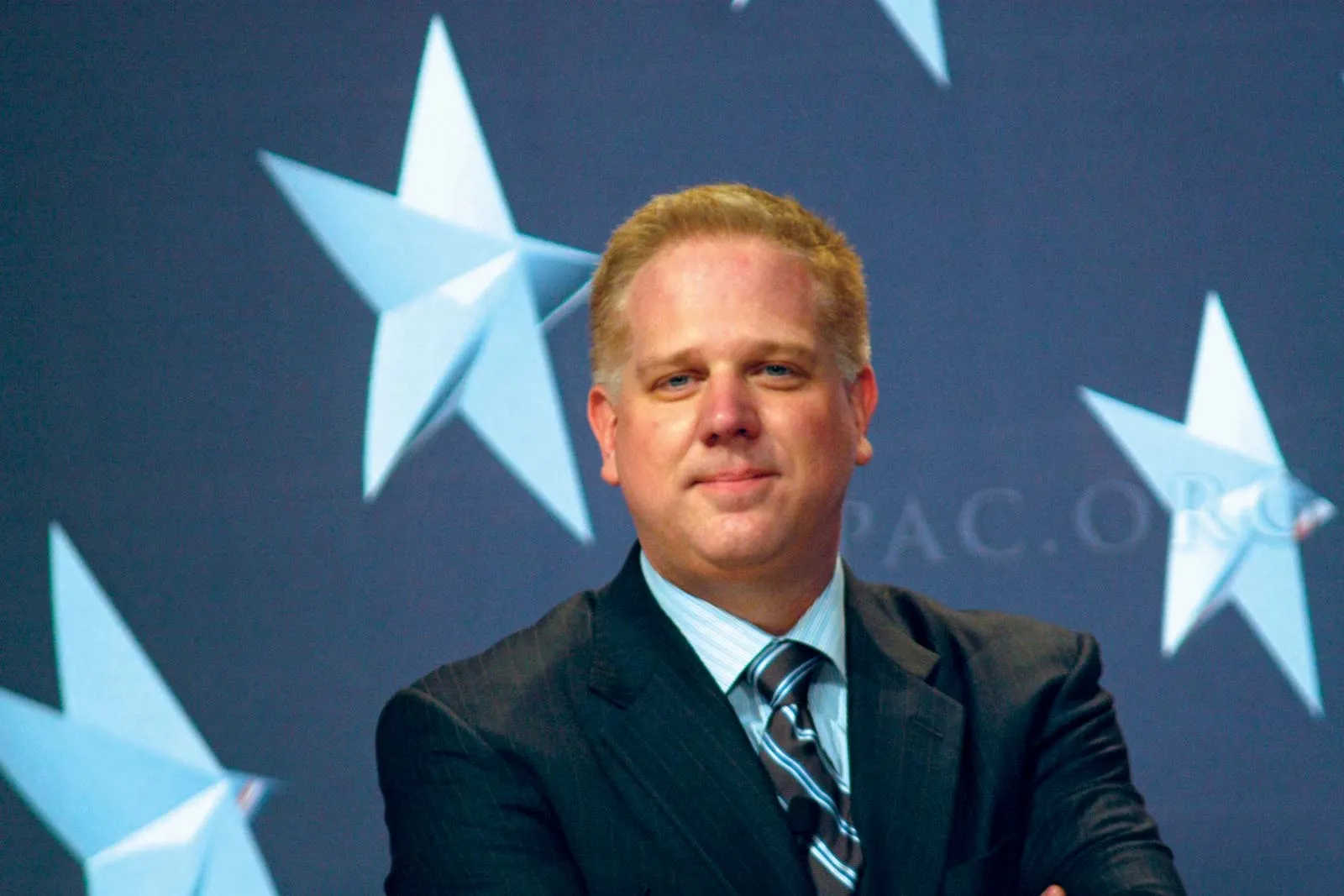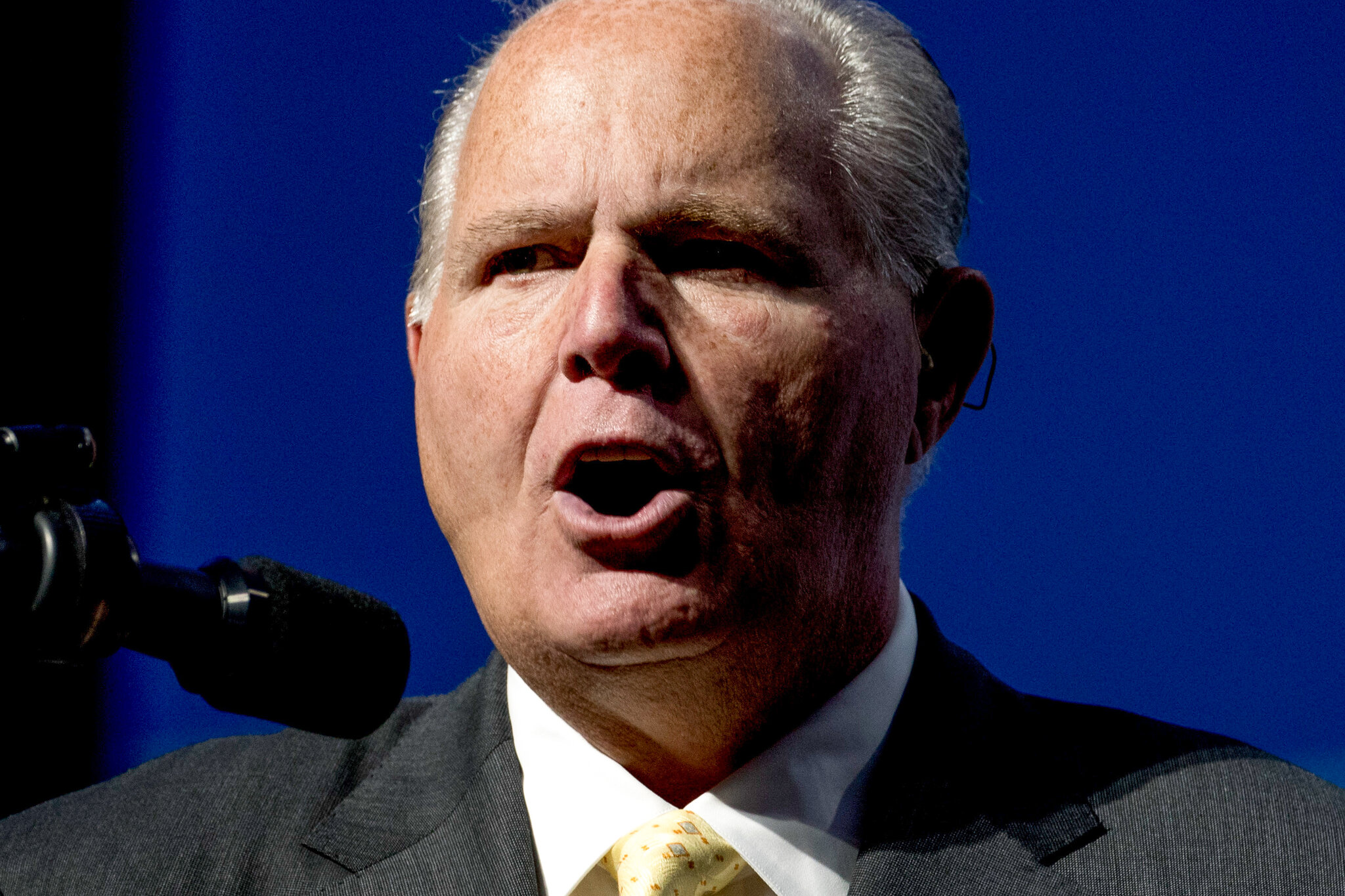No matter what happens on Election Day, members of the climate coalition can use it to recalibrate their sense of how energy transition politics works, and to better understand the modern GOP’s growing opposition to clean energy and greenhouse gas regulation.
Climate/energy policy is one of several policy areas in which the Republican Party’s position appears to be out of step with the stated preferences of most voters. Others include abortion and gun violence. For decades the unpopularity of Republican policy positions has led some pundits to conclude that the future belongs to Democrats and the ideological left.
If you google the phrase “death throes of the GOP“ you can find predictions of the party’s imminent demise from all sorts of qualified experts, dating back almost two decades. They include Sen. Chuck Hagel (2006), Joe Scarborough (2007), Salon Magazine (2008), Huffington Post (2009), David Frum (2011), The New Republic (2013) and (2024), Robert Reich (2016), Samantha Bee (2016), Jonathan Karl (2023), and Juan Williams (2024). Some of these “predictions” are really laments about the decline of conservatism and the ascent of angry populism within the GOP.
And the surge of energy that Democrats experienced after Kamala Harris became the party nominee has yielded its share of premature dancing on the GOP grave. The hashtag #TrumpIsDone and countless YouTube videos from left-leaning vloggers like MediasTouch, David Parkman, and The Bulwark have celebrated the party’s demise came at a time when polling showed the presidential race to be very close. And Mitt Romney recently expressed his belief that the GOP will need to be “rebuilt” after the election, suggesting that Trumpism will have failed in November.
But voters have consistently put the lie to predictions of the GOP’s death. In 2024 the GOP controls 27/50 state legislatures (3 are split, and 18 are controlled by Democrats), 27/50 governorships, and one house of Congress. Over the last 10 congresses (20 years), Republicans have controlled the Senate half the time and the House of Representatives 70% of the time. They have controlled the presidency for about half of the 21st century. And as described in Climate of Contempt, an unusually conservative Supreme Court supports GOP goals by kneecapping the EPA’s ability to facilitate the energy transition, changing regulation in ways that would never command a majority in Congress.
If the GOP is successful in November, it will be because voters chose it — either because or in spite of its unpopular messages. In which case we ought to try to understand what drove those votes. If Trump loses decisively and refuses to accept that defeat, we should watch to see what elected Republicans do — members of Congress, state legislators and governors. Their choices will signal what they think is the best course of action for their electoral futures (i.e., what they think the voters who control their fates want them to do).
And regardless of what happens November 5th, the GOP will probably retain enough influence in the policymaking branches of government to block any attempt to use “regular (legislative) order” to regulate greenhouse gas emissions. So it bears repeating: reports of the GOP’s death have been greatly exaggerated.
Republicans have been particularly adept at using the propaganda machine — today’s toxic blend of ideological and social media — to influence the picture of Democrats that voters see in their mind’s eye, and to make that picture a scary one. The GOP recognized the potential of digital media to build affective, negative partisan attachments in voters well before Democrats did. And they have used it far more adeptly. Left-leaning outlets are working hard to catch up, employing similar methods, but by now those methods do as much to confirm negative impressions of “leftists” in right wing media as they do to persuade voters to support Democrats.
The path to stronger national climate policy passes (as it must) through the ideological middle of Congress. Moving the median members of the House and Senate on energy transition policy means moving the voters in the districts that elect those members. That, in turn, requires listening to those voters, engaging them in ways that might reveal common ground, and offering messages that might resonate with them. Apparently, Democrats haven’t always done that very well.
As a Democrat who wants to see stronger climate policy, I’d like to see my party do that better. The final chapter of my book describes the efforts of people who are trying to create the kind of dialogues across partisan and ideological boundaries that are necessary for climate policy progress. If only those approaches got as much attention as the contemptuous messages partisans direct at opposing groups.
Meanwhile, let’s see how Democrats running in competitive districts fare this time. Which messages were successful? Who turned out to support them? Who didn’t? We will know more soon. — David Spence




